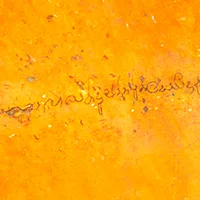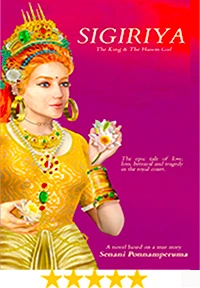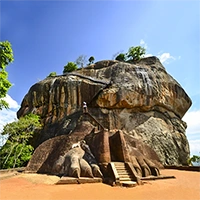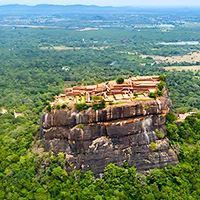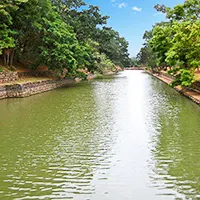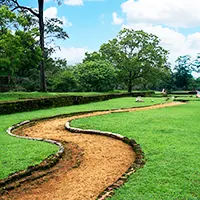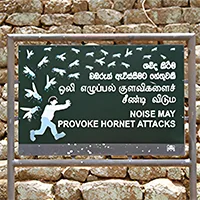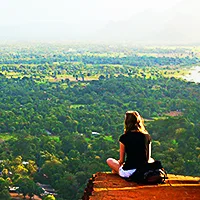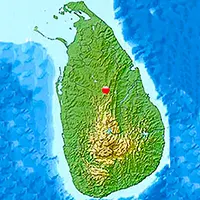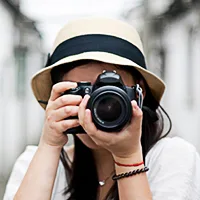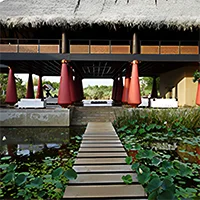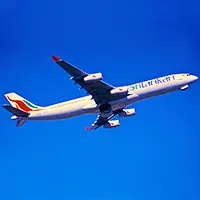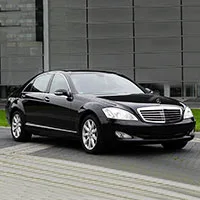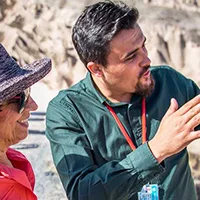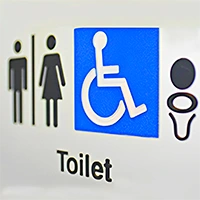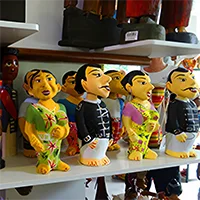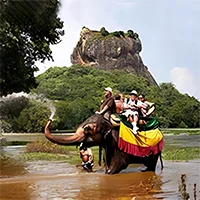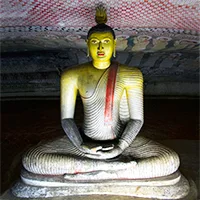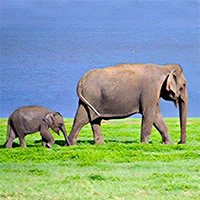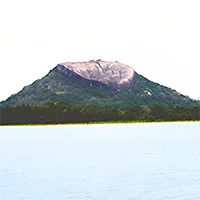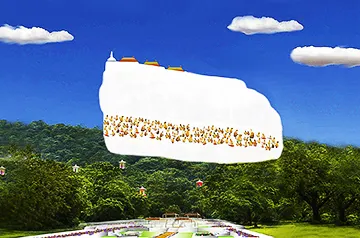
Photo: Sigiriya in the 5th Century

Photo: Sigiriya Today
Discover Sigiriya: Sri Lanka’s Majestic Lion Rock Fortress
Soaring majestically 600 feet above the emerald green jungles of central Sri Lanka, Sigiriya is a spectacular example of 5th-century Sri Lankan art, architecture, and engineering. Commissioned by King Kashyapa over 1600 years ago, Sigiriya once appeared like a radiant white cloud hovering above the treetops, earning it the ancient reference to "Alakamanda" – the City of the Gods. At the heart of the Sigiriya palace complex stood a massive 600-foot-tall granite monolith, its walls painted white and adorned with over 500 vibrant frescoes of celestial nymphs known today as the Sigiriya Frescoes. Halfway up the rock stood a massive lion-shaped gatehouse, giving this site its name – Sigiriya – the Lion Mountain. On the summit was the breathtaking Sky Palace, offering sweeping 360-degree panoramic views of the surrounding plains. Prepare for an unforgettable experience as you explore the captivating Sigiriya!
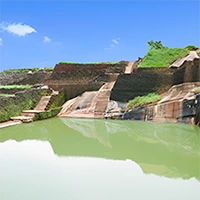
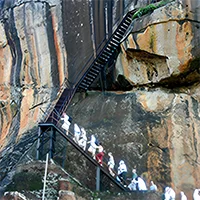

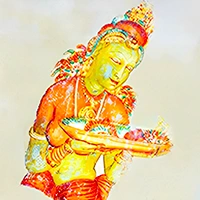
.webp)
